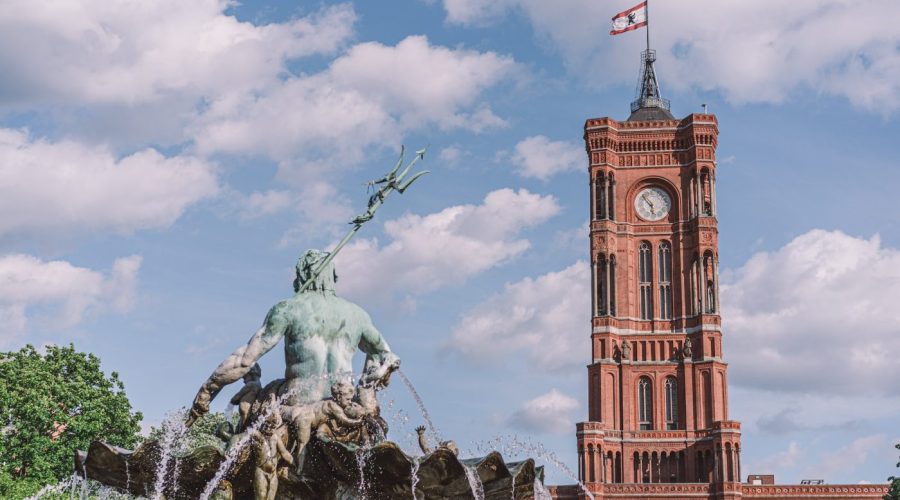What Were the Concentration Camps Around Berlin?
Introduction
Concentration camps were a central part of the Third Reich in World War II. Around Berlin several camps were set up to lock up and persecute people who the Nazis regarded as enemies of the state. This blog article is intended to give a history of the concentration camps near Berlin, purpose, operations and importance.
The Concentration Camps Near Berlin
There were four main Lager near to Berlin:
- Sachsenhausen
- Ravensbrück
- Buchenwald
- Sachsenberg
- Sachsenhausen
Sachsenhausen was one of the first concentration camps of the Nazis in 1936. It was originally meant to be holding political prisoners having grown outside of Berlin. Though primarily constructed to hold Jews, homosexuals, Jehovah’s Witnesses and other persecuted peoples were also part of its population. Sachsenhausen was used as an SS officer training centre and was a key component in the evolution of the concentration camps.
Ravensbrück
Ravensbrück was also the ‘central concentration camp for women of the German Reich. Located north of Berlin, it was used from 1939 to 1945. Among its inmates were women of all nations – political dissidents and resistance combatants, Jews and the like. Ravensbruck was infamous for its medical experiments and the inhumane life within.
Buchenwald
Buchenwald was set up in 1937, close to Weimar, about 250 km southwest of Berlin. Although not located directly in the surroundings of Berlin, it is worth to remember due to its closeness and importance. Buchenwald mainly imprisoned political prisoners, Jehovah’s Witnesses, homosexuals and Romani people. thousands of people perished within its walls from mistreatment, starvation, illness and execution.
Sachsenberg
Sachsenberg, alias Sachsenburg, betrieben die Förderung eines Konzentrationslagers in den Jahren 1933 bis 1934 und somit war es das erste Konzentrationslager in der NS-Zeit. Situated near the town of Lieberose, in Brandenburg, it was to become a training camp for future SS guards, and many of the processes and procedures that would be later implemented in the larger concentration camp system were founded there.
Operations and Horrors
These concentration camps, like others in Nazi Germany, were locations of enormous suffering and persecution. Prisoners were kept in a crowded barracks, were subject to brutal labor and starvation and were in constant terror. Medical experiments, torture, and executions, were consistently happening and showed the Nazis systematic dehumanization of their victims.
Legacy and Remembrance
Today, the camps near Berlin testify to the crimes of the Holocaust. They represent memorials for remembrance to those who perished and educational spaces for guests to learn about the jurisdictions of prejudice and/or intolerance. These sites are important to keep a historical memory, to prevent such an abhorrent return.
Conclusion
Knowing about the concentration camps of Berlin is vital in appreciating how awful Nazi atrocities and human suffering were during the WW II. Recalling the past brings us to the present to build a better tomorrow and a more tolerant and empath
Table of Contents



